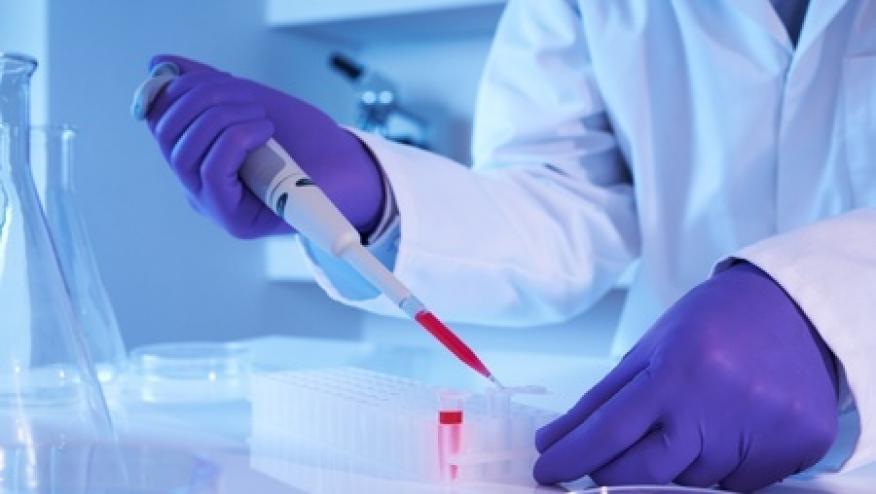IL-12 and IL-23 Promote Giant Cell Arteritis Save

It has been postulated that TH1 and TH17 pathways are implicated in the pathogenesis of giant cell arteritis (GCA); this is supported by new research showing that interleukin 12 (IL-12) and interleukin 23 (IL-23) may stimulate inflammatory and proliferative pathways relevant to the pathogenesis of GCA.
Temporal artery biopsy (TABs) explants and peripheral blood mononuclear cells (PBMC) were studied in culture and for gene expression.
TABs showed increased expression of interleukin 12p35 (IL-12p35) and interleukin 23p19 (IL-23p19) in temporal artery (TA) biopsy-positive patients.
IL-12p35 TA expression was significantly increased in those with cranial ischemic complications (p=0.026) and large vessel vasculitis (p=0.006).
IL-23p19 TA expression was increased in those with two or more relapses (p=0.007).
In cultures, exogenous IL-12 significantly increased interleukin 6 (IL-6) (p=0.009), interleukin 22 (IL-22) (p=0.003) and interferon γ (IFN-γ) (p=0.0001) and decreased interleukin 8 (IL-8) (p=0.0006) secretion.
Exogenous IL-23 significantly increased IL-6 (p=0.029), IL-22 (p=0.001), interleukin 17A (IL-17A) (p=0.0003) and interleukin 17F (IL-17F) (p=0.012) secretion.
In ex vivo TA explants, IL-23 significantly increased gene expression of IL-8 (p=0.0001) and CCL-20 (p=0.027) and protein expression of IL-6 (p=0.002) and IL-8 (p=0.004). IL-12 (p=0.0005) and IL-23 (p<0.0001) stimulation increased the quantity of myofibroblast outgrowths from TABs.
IL-12 and IL-23 play important roles in promoting Th1 and Th17 pathway inflammation and in amplifying proinflammatory cytokine signaling.









If you are a health practitioner, you may Login/Register to comment.
Due to the nature of these comment forums, only health practitioners are allowed to comment at this time.